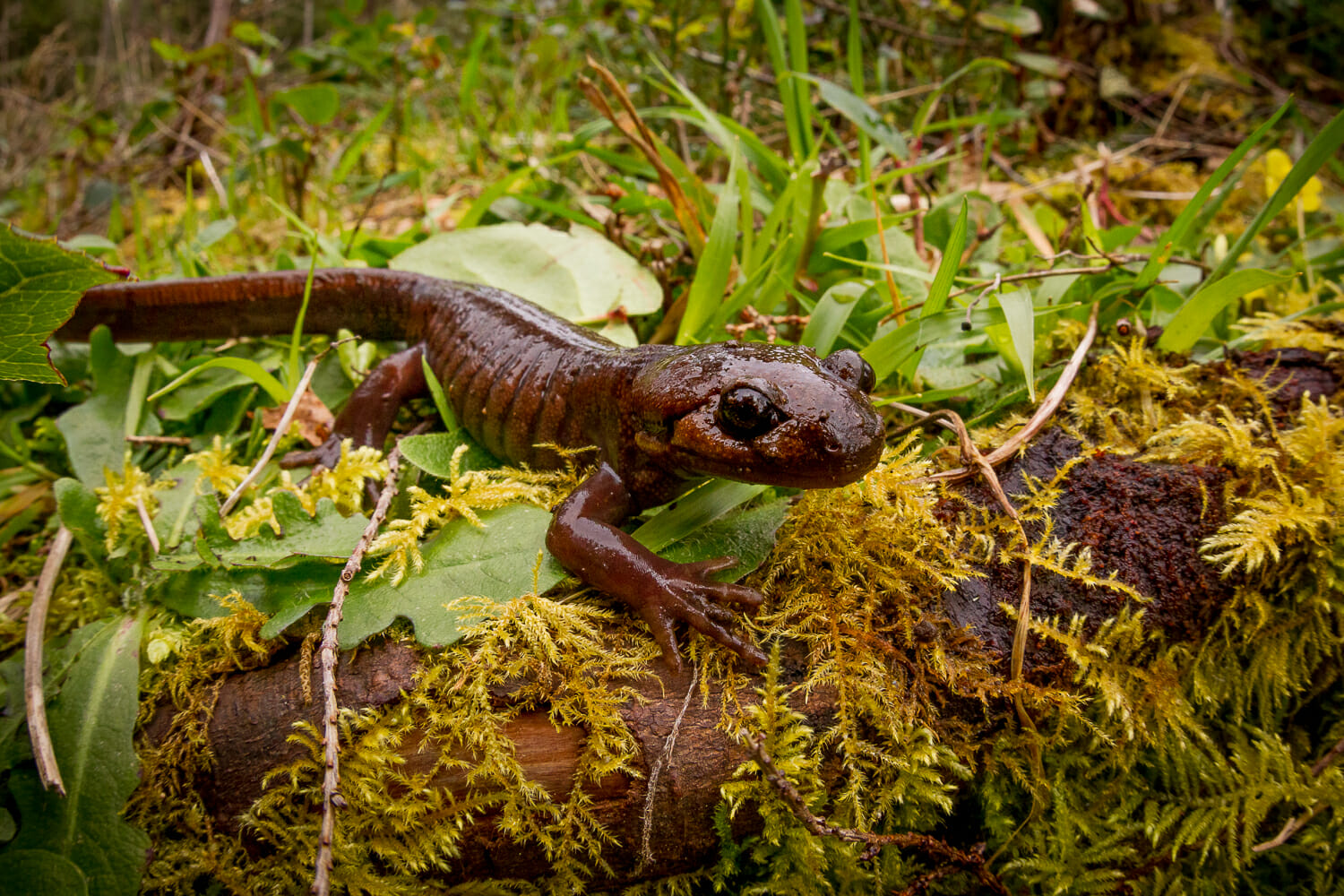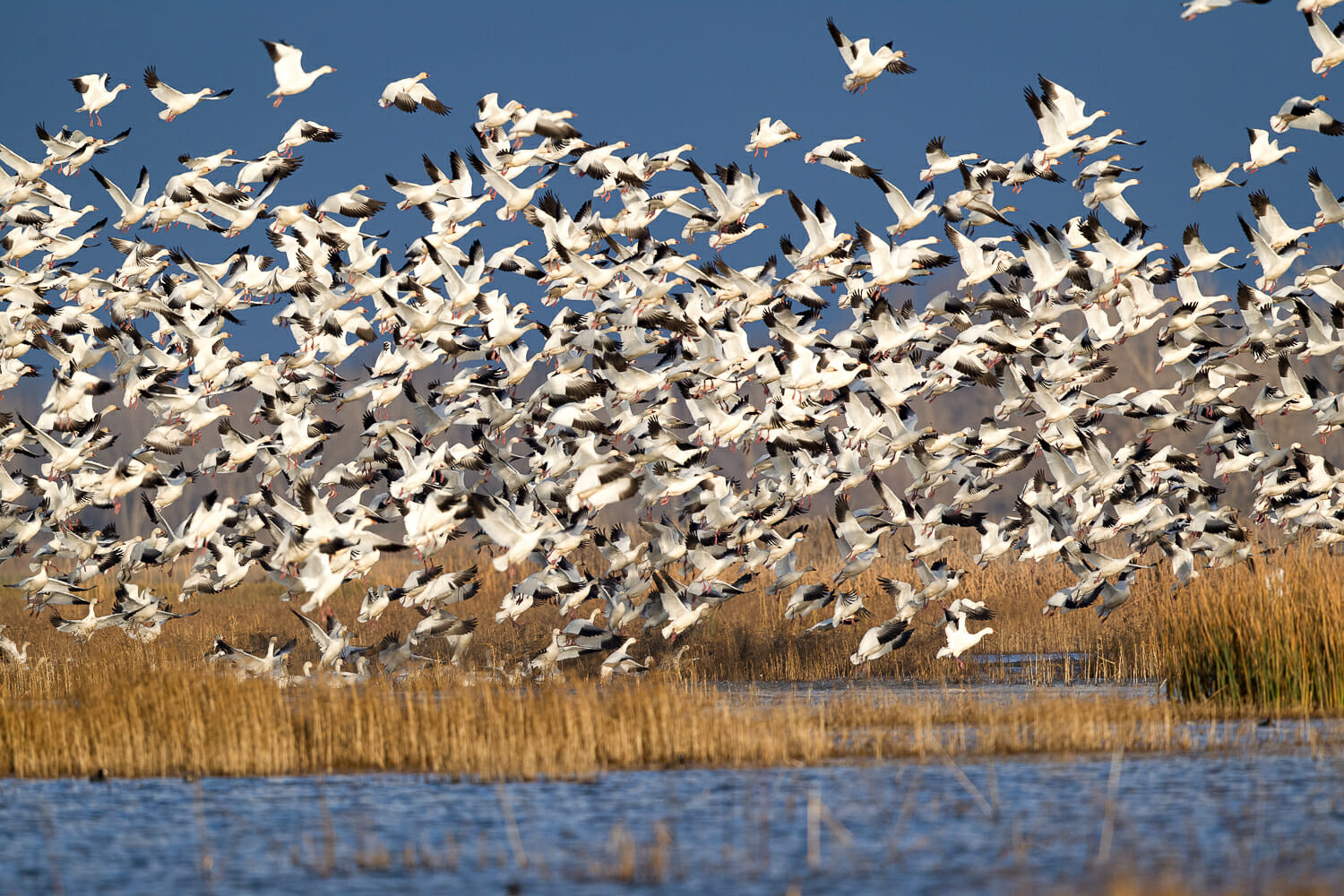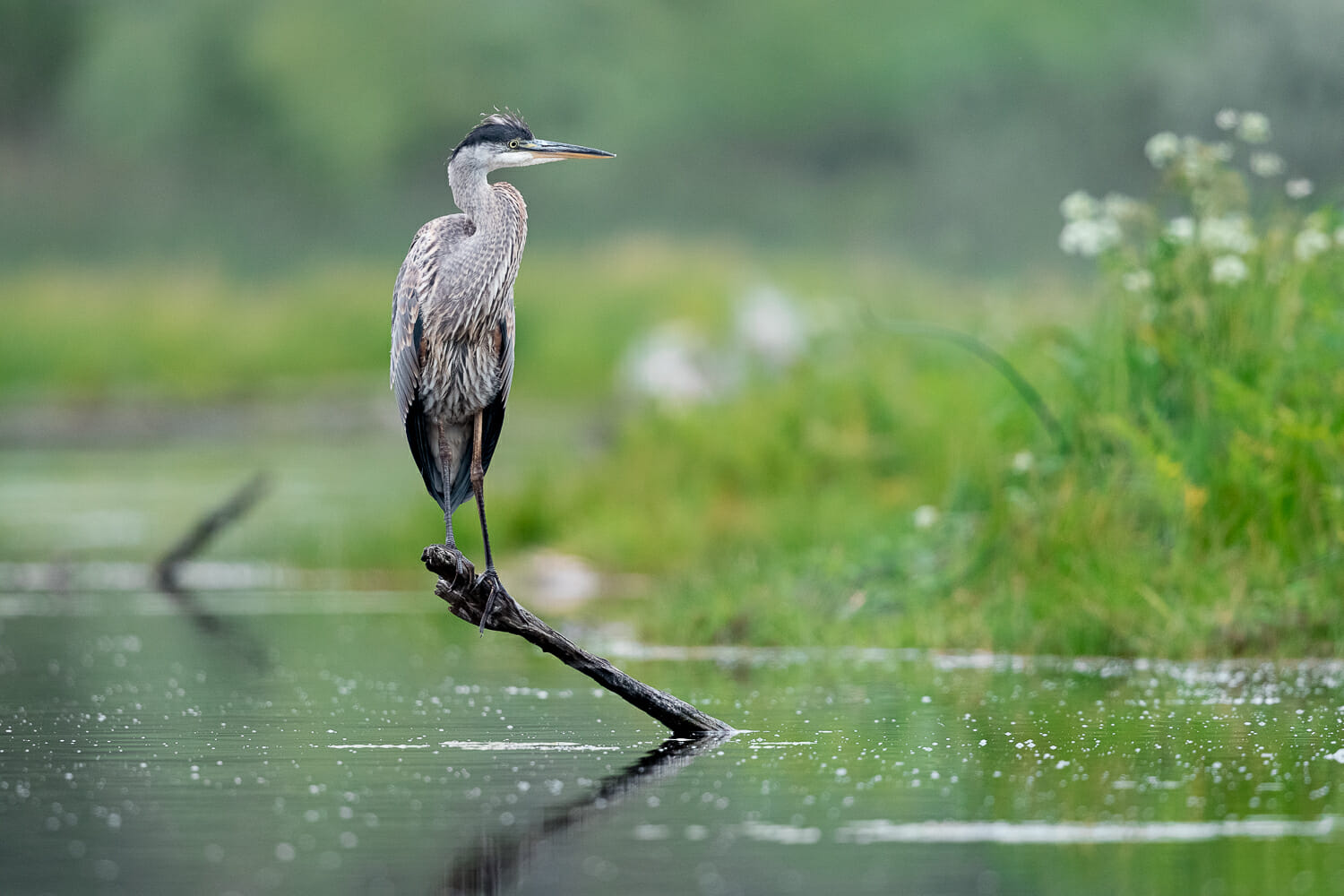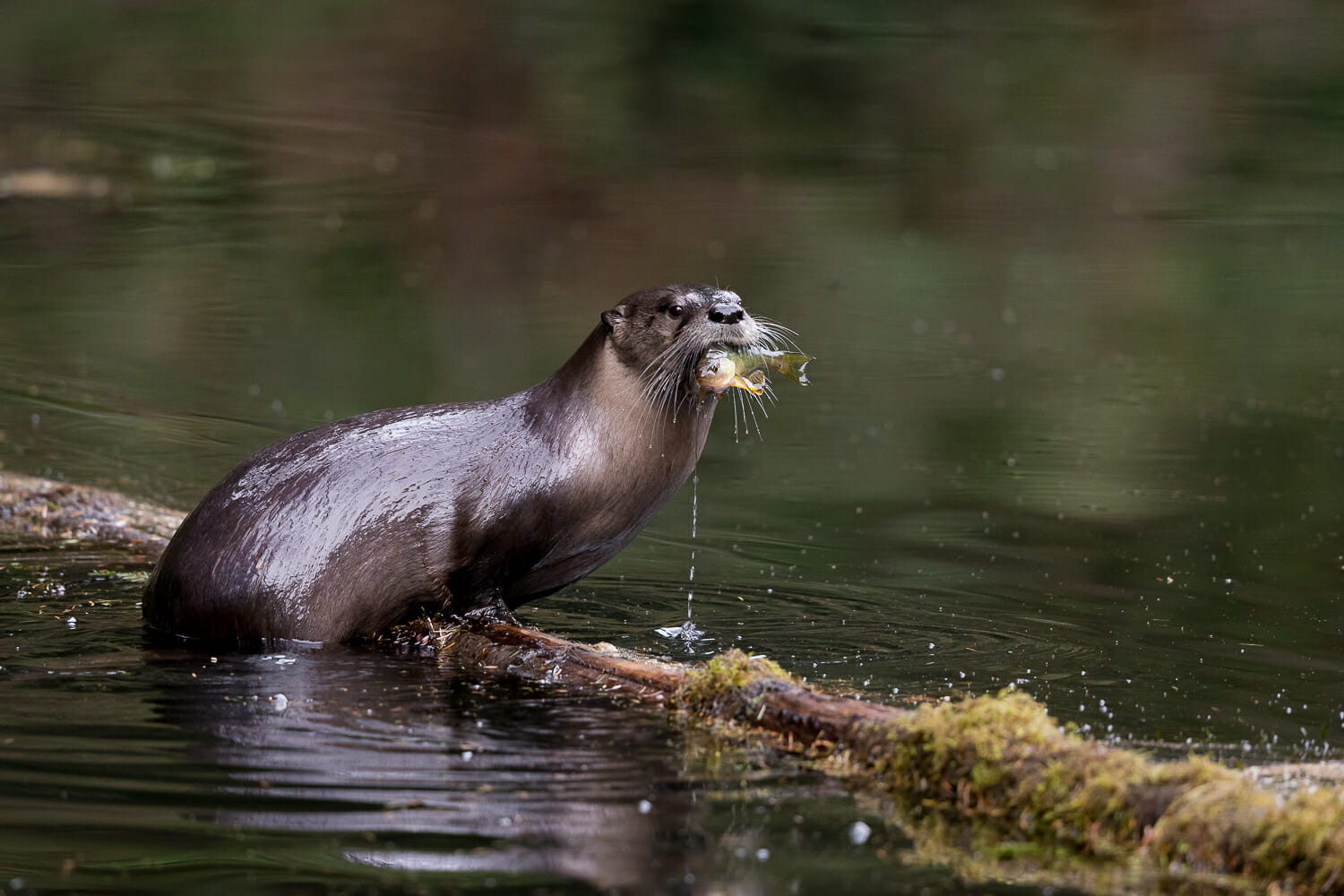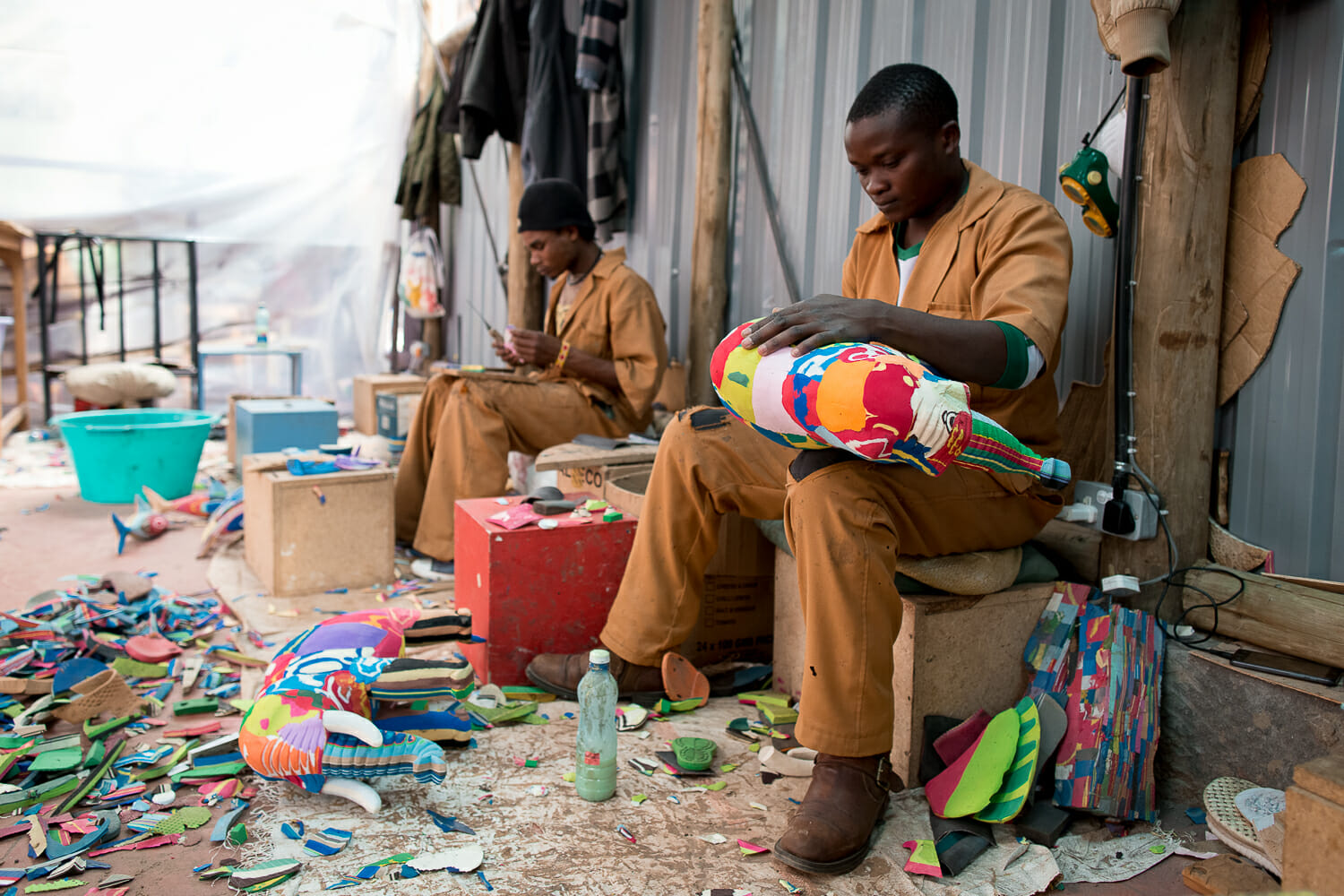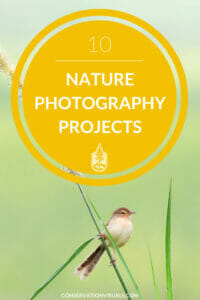Contents
- Photograph the story of a favorite nonprofit
- Catalog backyard flora and fauna
- Capture the impact of climate change
- Highlight sustainable agriculture
- Zoom in on pollinators
- Wade through local wetlands
- Celebrate local conservation success stories
- Monitor local waterways
- Participate in BioBlitz
- Shed light on solid waste
Read Time: 12 minutes
Get ready for an exciting journey as we dive into ten incredible photography project ideas you can embark on right in your backyard!
These projects are carefully curated to be not only practical and accessible but also engaging for you and your audience.
While taking on one (or two…or three…or more) of these projects, you’ll find yourself immersed in the fascinating world of photography while discovering the hidden gems and stories within your community.
So, let’s unleash your creativity and passion for conservation as we explore these project ideas together!
Contents
- Photograph the story of a favorite nonprofit
- Catalog backyard flora and fauna
- Capture the impact of climate change
- Highlight sustainable agriculture
- Zoom in on pollinators
- Wade through local wetlands
- Celebrate local conservation success stories
- Monitor local waterways
- Participate in BioBlitz
- Shed light on solid waste
1. Photograph the story of a favorite nonprofit
Capture the essence and impact of a local environmental nonprofit by documenting its mission, projects, and achievements through photography. Aim to highlight these organizations’ dedication and hard work while raising awareness about their cause.
Dive In
- Research and select an organization: Choose a local environmental nonprofit that resonates with your values and interests. Research their mission, ongoing projects, and past achievements to understand their work comprehensively.
- Establish a partnership: Reach out to the organization, expressing your interest in documenting their story through photography. Discuss your intentions, goals, and how your images could support their efforts.
- Plan your photographic journey: Work with the organization to develop a plan for capturing images that best represent their mission, projects, and impact. Attend events, visit project sites, and spend time with staff and volunteers to gain a genuine understanding of their work.
- Capture compelling images to share as mini-stories: As you immerse yourself in the organization’s activities, photograph the key moments, individuals, and achievements that tell their story. These can be shared on the organization’s website or social media accounts.
Your Impact
By photographing the story of a local environmental nonprofit, you’ll help raise awareness about their cause, celebrate their successes, and inspire others to support their efforts.
And that is a BIG deal, especially for smaller organizations.
Your images can be powerful visual tools for them to use in fundraising, outreach, and educational initiatives. The result could be more membership support, and possibly even more funding!
In addition, this project allows you to develop meaningful connections with like-minded individuals, which can lead to even more exciting projects with the organization you work with.
A northwestern salamander popped up in the garden. Documenting what’s in your yard is a wonderful way to get to know local species and, in turn, local conservation issues.
2. Catalog backyard flora and fauna
The project invites you to explore and document the diverse plant and animal species that inhabit your yard.
By creating a visual catalog of these often-overlooked life forms, this project aims to raise awareness about the importance of local biodiversity and encourage appreciation for the interconnected ecosystems that exist right outside our door.
Dive In
- Research local species: Familiarize yourself with the native plants, trees, insects, birds, and other common wildlife in your area. Consult field guides, online resources, or local experts to help with identification.
- Observe and document: Spend time in your backyard or nearby green spaces, observing the species that call these areas home. Take photographs of the plants, insects, birds, and other wildlife you encounter, capturing their unique features and behaviors.
- Organize your catalog: As you amass a collection of images, organize them into a visually appealing catalog that showcases the diversity of species you’ve found. Include descriptions of each species, such as their behaviors, habitat, and ecological role.
- Share your discoveries: Share your backyard species catalog with friends, family, and your local community through social media, a blog on your website, or by creating a physical album. Encourage others to embark on their backyard cataloging adventure!
Your Impact
This project emphasizes the importance of local biodiversity and the often-unnoticed ecosystems in our neighborhoods. Think of it as a campaign to surprise and delight community members… which can have a beautiful chain reaction.
Helping others see the amazing species living right outside their doors will inspire appreciation for nature and foster a sense of responsibility for its protection. That creates even more room for amazing local species to thrive.
This project serves as a reminder that the wonders of the natural world are all around us and that even small-scale conservation efforts can make a significant impact.
3. Capture the local impacts of climate change
Document the local effects of climate change on your area’s landscapes, wildlife, and communities to help raise awareness about the tangible effects of climate change, inspire action to mitigate its impacts, and contribute to the global conversation surrounding this critical issue.
Dive In
- Research local climate change indicators: Investigate the specific indicators of climate change in your area, such as coastal erosion, extreme weather events, changes in plant blooming patterns, or shifts in animal migration. Consult with local experts, scientists, or environmental organizations to comprehensively understand these phenomena.
- Plan your photographic journey: Develop a plan for capturing images that best represent the local effects of climate change. This might involve visiting affected sites multiple times throughout different seasons, photographing before-and-after scenarios, or capturing the adaptive behaviors of plants and animals in response to changing conditions.
- Collect compelling images: As you document the local impacts of climate change, focus on images that convey the issue’s urgency. Look for moments that showcase the interconnectedness of ecosystems and highlight the challenges faced by local communities and wildlife.
- Share your photos as visual stories: Share your images and the stories behind them through social media, blogs, local media outlets, or by organizing an exhibit of your photographs in local libraries, cafes, galleries or other outlets. Collaborate with environmental organizations to amplify your message and reach a wider audience.
Your Impact
By capturing the local effects of climate change through photography, you can bring a seemingly obscure issue home in a concrete way.
You’ll show community members how they can help with this pressing issue, creating a sense of empowerment and hope.
That’s HUGE when it comes to weighty conservation issues like this.
Your images serve as powerful visual tools that demonstrate the real-world, at-home consequences of climate change, encouraging individuals, businesses, and governments to adopt more sustainable practices; and support policies to mitigate negative impacts.
Migrating snow geese take off from a flooded farm in central California. Sustainable agriculture practices – from wildlife-friendly fencing to non-lethal predator and pest control and more – can provide a wealth of photo project opportunities.
4. Highlight sustainable agriculture
Showcase local farms prioritizing sustainability, highlighting the positive environmental impact and dedication of local farmers who have embraced eco-friendly agricultural methods.
By raising awareness and educating the public about the importance of sustainable agriculture, the project seeks to promote local farmers and contribute to improved health in people and the environment.
Dive In
- Research and identify local farms: Start by researching local farms that practice sustainable agriculture. Reach out to these farmers to discuss their methods, challenges, and successes and gain permission to photograph their operations.
- Photograph through the seasons: Visit the selected farms during different stages of the growing season to capture images highlighting the intricacies of sustainable farming practices. Focus on elements such as crop rotations, cover crops, natural pest control, and water conservation techniques.
- Create a narrative: Develop a photo series that tells the story of the farm’s sustainable practices, showcasing the people, processes, and landscapes involved. Include captions or short narratives to provide context and emphasize the importance of these methods for environmental conservation.
- Organize exhibitions and promotions: Collaborate with local organizations, schools, restaurants, cafes, grocery stores and farmers’ markets to organize a local exhibition or online gallery showcasing your project’s photographs and stories. Promote the exhibit locally and on social media to engage the community in conversations about sustainable agriculture.
Your Impact
The way to a healthy community is through its stomach… so to speak. With this project, you’ll inspire change by encouraging consumers to support local, sustainable agriculture by purchasing produce from local farmer’s markets or participating in community-supported agriculture (CSA) programs.
The project aims to create a ripple effect, wherein increased awareness leads to greater consumer demand which, in turn, motivates more farmers to adopt sustainable practices, ultimately contributing to a healthier environment for future generations.
You have the power to help improve the health of community members, local businesses, and habitats alike. Go, you!
5. Zoom in on pollinators
Capture captivating images of various pollinators, such as bees, butterflies, and birds, and create a photo story that emphasizes their critical role in maintaining healthy ecosystems rich in biodiversity.
By showcasing the importance of these often-overlooked creatures, the project seeks to raise awareness about the need for pollinator conservation and inspire actions that support their survival.
Dive In
- Research and identify pollinator habitats: Study local pollinator habitats, such as gardens, meadows, and nature preserves, where many species of pollinators are found. Obtain necessary permissions to photograph in these areas, if required.
- Start snapping photos: Visit the identified habitats during peak pollination periods to capture visually diverse photographs that showcase pollinators’ beauty and diversity. Focus on their interactions with plants, their unique features, and their vital role in the ecosystem.
- Create a narrative: Develop a photo essay highlighting pollinators’ importance in maintaining healthy ecosystems. Include captions or short narratives to provide context and emphasize the urgent need for pollinator conservation.
- Spread the word with public photo exhibits: Collaborate with local botanical gardens, garden stores, schools, homeowners associations, community gardens, parks or community greenbelts to organize a local exhibition that showcases the photographs and stories from this project to engage the community in conversations about pollinator conservation.
Your Impact
The images you capture through this project will draw attention to the essential role of pollinators in maintaining healthy ecosystems and the challenges they face, such as habitat loss and pesticide exposure.
Your eye-popping photos of buzzing bugs will help encourage neighbors and the whole community to support pollinator conservation by planting pollinator-friendly gardens, reducing pesticide use, and advocating for policies that protect pollinator habitats, ultimately contributing to healthier local ecosystems, which benefit numerous plant and animal species.
Wetlands are an often overlooked or underappreciated ecosystem in an area. Starting a project looking at a local wetland can lead to tons of story ideas or collaboration possibilities.
6. Wade through local wetlands
This project focuses on documenting local wetlands’ biodiversity and ecological significance.
By bringing to attention the health of these rarely visited yet vital ecosystems, the project aims to raise awareness about the importance of wetland protection and restoration.
Dive In
- Research and identify local wetlands: Begin by researching local wetlands, such as marshes, swamps, and bogs, that are home to diverse plant and animal species. Obtain necessary permissions to photograph in these areas, if required.
- Create visual records: Visit the identified wetlands during different seasons to capture visually diverse, storytelling images. Focus on the unique flora and fauna and the interactions between various species.
- Construct a narrative: Develop a photo essay highlighting the ecological significance of local wetlands and the need for their conservation. Include captions or short narratives to provide context.
- Organize exhibits and visual stories: Collaborate with local organizations to organize a photo exhibit. Promote the event to engage the community in conversations about wetland conservation. Pitch photo stories to local publications to reach a broad audience and inspire community members to visit or support their local wetland.
Your Impact
Watersheds don’t get a whole lot of attention from most community members. Yet, they’re critical. So, this project can draw much-needed attention to the ecological importance of these delicate ecosystems.
Through your project, you’ll encourage your community to support wetland conservation, inspiring participation in restoration projects and advocating for policies protecting wetland habitats.
7. Celebrate local conservation success stories
Showcase conservation projects and initiatives that have positively impacted the local environment or wildlife. Through compelling photography, highlight the dedication, innovation, and hard work of the local individuals and organizations that made the initiative successful.
Dive In
- Research and identify success stories: Begin by investigating local conservation initiatives that have achieved meaningful results in your community. These may include habitat restoration efforts, species reintroduction programs, or sustainable agriculture practices.
- Connect with key players: Reach out to the individuals, organizations, or community groups involved in the projects. Express your interest in documenting their achievements through photography and discuss how your images can help raise awareness and support for their cause.
- Plan your photographic approach: Work with your subjects to develop a plan for capturing images that best represent the project. This might involve visiting project sites, attending events, or spending time with staff, volunteers, and community members involved in the initiative.
- Capture inspiring images: As you immerse yourself in the success stories, focus on capturing images that convey the passion, determination, and collaboration behind these conservation triumphs. Look for moments that showcase the positive impact of the projects on the environment, wildlife, and the local community. Share your images on social media, blog posts on your website, or pitching local publications on your “good news” photo stories.
Your Impact
Silver linings and successes are essential in keeping conservation efforts moving forward. By celebrating local success stories through photography, you’ll inspire hope, encourage engagement, and foster a sense of pride in the collective achievements of individuals and organizations in your community.
Your images then become more than pictures – they transform into powerful visual tools to motivate others to take action, support conservation efforts, and contribute to a more sustainable future.
And, this project offers an opportunity to forge connections that could lead to exciting future projects with the inspiring people you meet.
What’s working well in your area? Spotlighting the conservation wins is a great way to stay solutions-oriented and keep community members feeling enthusiastic about and engaged in conservation activities.
8. Monitor local waterways
Document the health of local rivers, lakes, and streams to highlight the significance of water quality for plant life, wildlife, and humans. By capturing compelling images that showcase the vulnerability of these vital ecosystems, this project aims to raise awareness about the importance of preserving clean and healthy water sources for all living beings.
Dive In
- Research and identify local waterways: Begin by researching local rivers, lakes, and streams that serve as habitats for various plant and animal species, as well as providing resources for human use. Obtain necessary permissions to photograph in these areas, if required.
- Capture striking images: Visit the identified waterways during different seasons to capture engaging images that showcase these ecosystems’ beauty, biodiversity, and condition. Focus on the unique flora, fauna, landscape features, and any visible signs of pollution or degradation.
- Create a narrative: Develop a photo essay or photo story highlighting the importance of maintaining healthy waterways for plant life, wildlife, and humans. Include captions or short narratives to provide context and emphasize the need for preserving water quality and addressing pollution issues.
- Organize physical and virtual exhibits: Collaborate with local organizations, schools, libraries, and media outlets to organize a local exhibition or online gallery showcasing this project’s photographs and stories. Promote the event to engage the community in conversations about waterway conservation and water quality preservation.
Your Impact
The captivating imagery captured through this project will draw attention to the importance of maintaining healthy waterways and the challenges they face.
Through your efforts, you’ll encourage people in your community and surrounding areas to support the preservation of clean waterways. Actions like reducing water pollution, participating in river clean-up events, and advocating for policies that protect water sources jump from being just a nice idea to something your area takes seriously.
9. Participate in BioBlitz
Join a local BioBlitz event, where volunteers, scientists, and naturalists come together to inventory all living species in a designated area.
As a conservation photographer, you can contribute by capturing images of the various species discovered during the event, showcasing the biodiversity of your local environment, and raising awareness about the importance of conservation efforts.
Dive In
- Find a local BioBlitz event: Search for upcoming BioBlitz events in your area by checking with local nature centers, environmental organizations, or online resources. Register to participate as a photographer.
- Prepare for the event: Familiarize yourself with the designated area and the types of species that might be encountered during the BioBlitz. Gather necessary equipment, such as field guides or mobile apps for species identification, and ensure your camera gear is ready for the event.
- Collaborate with experts: During the BioBlitz, work alongside scientists, naturalists, and other volunteers to document the species found in the area. Capture high-quality images of plants, insects, birds, and other wildlife, focusing on their unique features and behaviors.
- Share your images: After the event, submit your photographs to the organizers for inclusion in the final species inventory. Share your BioBlitz experience and pictures through social media, blogs, or local media outlets to raise awareness about the importance of biodiversity and conservation efforts in your community.
Your Impact
By participating in a BioBlitz, you’ll contribute to the documentation and understanding of local biodiversity, all while creating fun and engaging visual stories about your area’s rich variety of wildlife.
Your images can inspire others in your community to appreciate and protect the natural world, fostering a sense of responsibility and stewardship for the environment.
Plus, this project offers a unique opportunity to collaborate with experts and other enthusiasts, expanding your knowledge of local ecosystems and building connections within the conservation community.
Ocean Sole upcycles discarded flip-flops found on beaches into works of art. What’s going on with the “trash” in your area? Consider highlighting the challenges and smart solutions.
10. Shed light on solid waste
Create a visual exploration of waste management in your area, highlighting both the challenges and potential solutions.
By capturing poignant images that reveal the extent of waste accumulation and its effects, this project aims to document solid waste management challenges at the local level, highlighting the importance of responsible waste disposal and recycling practices.
Through powerful visuals, this project will tell the story of the community’s waste management issues, emphasizing the need for sustainable solutions.
Dive In (…not literally, please)
- Research and gather information: Conduct thorough research on the local waste management system, including the locations of landfills, recycling centers, composting facilities, and areas prone to illegal dumping. Consult with community members and waste management officials to gain insights into their challenges and any innovative solutions being implemented.
- Obtain permissions and access: Reach out to relevant authorities and organizations to obtain necessary permissions to photograph waste management sites and facilities, ensuring compliance with regulations and safety protocols.
- Capture compelling photos: In your images, showcase the challenges and intricacies of the local waste management system. Focus on aspects such as overflowing landfills, pollution from waste disposal, recycling processes, and the impact on wildlife and the environment.
- Collaborate with the community: Engage with community members, waste management officials, and local organizations to gain insights and perspectives that will help tell the story of the community’s waste management issues most effectively.
Your Impact
This project aims to educate your community about the importance of responsible waste disposal practices – something few folks spend much time thinking about.
Your project can help emphasize the need for sustainable solutions, such as recycling, composting, and reducing single-use plastics, in your community.
In highlighting the challenges faced by the local waste management system and the impacts those challenges have on citizens, the waterways, surrounding habitats, and wildlife species, you’ll help encourage policymakers to develop and implement more effective waste management strategies.
Time to get clicking!
Conservation photography is a valuable medium for raising awareness about the environmental challenges within our local communities.
Focusing on local projects allows you to become intimately familiar with your subjects and connects your audience to the environmental challenges in their backyard.
By embarking on these projects, you can make a tangible difference in your community and contribute to the global effort to protect the planet’s fragile and irreplaceable ecosystems.

